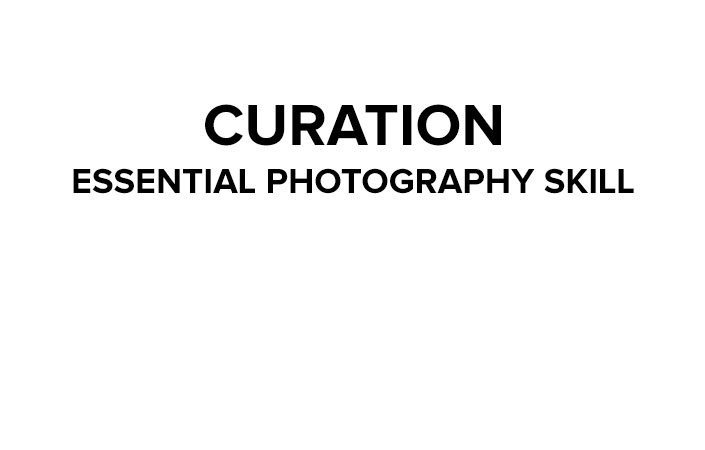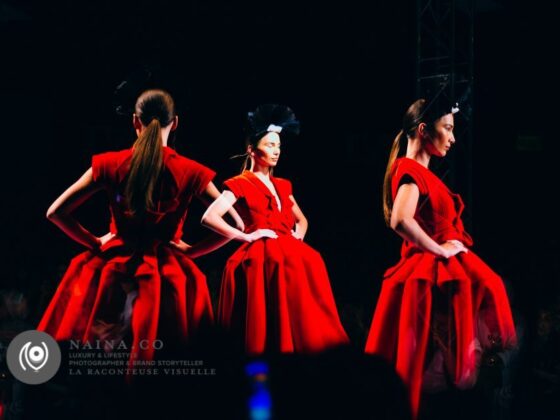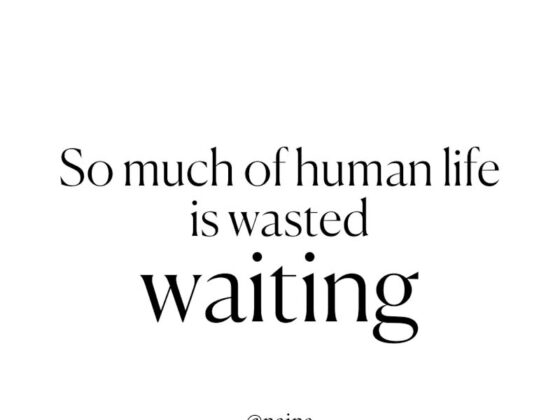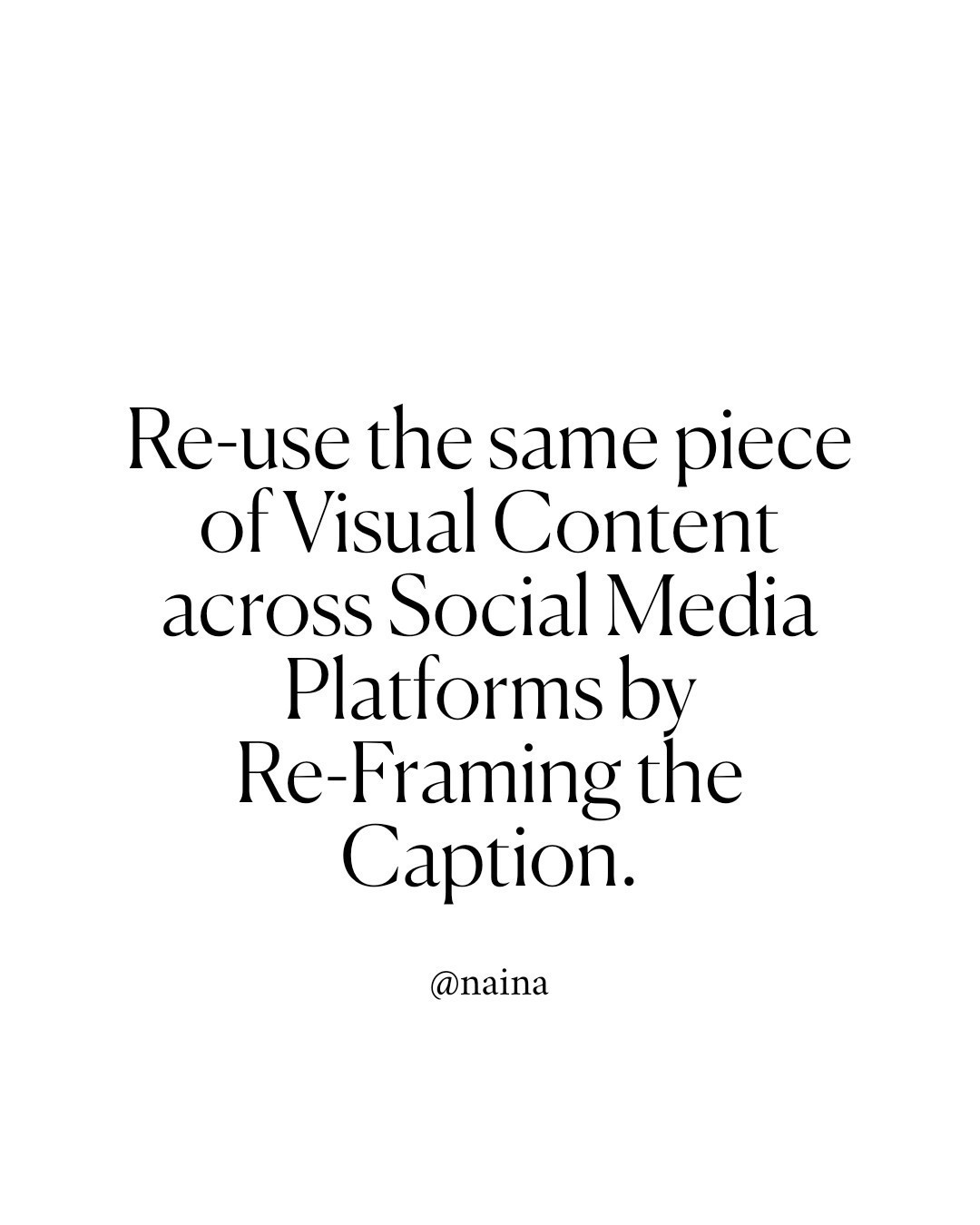Photography is never about simple things. It is not about simply pushing a button. It is not about the camera one uses. Or the lens for that matter. A photographer’s job isn’t as simple as showing up, pointing the camera at various things, clicking the shutter button, importing the files to a desktop / laptop, making some post-production edits and delivering those files to a client ( hopefully via Copy / DropBox and not DVD ). And photography isn’t just about “making / taking good pictures” either. And don’t even get me started on how photography is simply about “storytelling” because it isn’t.
As a photographer, especially in today’s Internet workplace, you need to fulfil various roles. One needs to be not only an artist ( that can capture delightful visual images ), but also an astute business person ( so that the photography career is profitable for the photographer ), as well as a client-relationship manager ( meetings, presentations, pitches, managing client expectations ), a salesperson ( because you might be all of the above but if you’re shy to sell, that’s like being a genius and living under a rock because no one knows about you or your work ) and increasingly more importantly, a photographer needs to be a curator for all the above aspects.
Photographers need to curate their own portfolio in a way that lives up to prospect expectations. The portfolio needs to be representative of the work that the photographer wants more of and should also be vast enough in range that it doesn’t leave out enquiries that the photographer is able and willing to execute. This is not easy and most photographer spend decades figuring this one out. I still haven’t figured it out and continue to tweak my portfolio on a monthly, if not weekly, basis.
Photographers also need to curate clients. Ideally, one must not go around accepting every prospect’s enquiry, regardless of how much they’re offering to pay. If the work does not “fit” with the photographer’s long and short term goals, it probably isn’t a good idea to do that job. Pick your clients carefully and after some thought about curation.
And finally, curating images that will be delivered to the client. This is the bit about “storytelling”. Storytelling isn’t about stringing together photographs from start to finish – if you were photographing an event for example. It is about understanding the client’s brand. Understanding why the client is hiring you and not someone else. Being able to figure out what it is the client is trying to convey with the photographs you have been hired to shoot. Who is the client’s target audience for these images – is it internal management, is it prospective buyers of the client’s product / service or is it a set of images meant to set an industry benchmark for the client’s event / launch etc.?
Once you have understood the above, you can set about curating the images you have made – assuming you’ve also shot based on the above brief.
Sometimes, regardless of how beautiful an image is and how smitten you are with it, it is not relevant from any of the above points of curation. Now more than ever, the skill to discern this very thing, is what clients are willing to pay for.
Clients are people like you and me. We are all being bombarded with insane amounts of information from every possible channel. We are also creators of that noise. Curation is the skill where you turn that noise into music not only beautiful to listen to but also useful for your client to further put to use.







